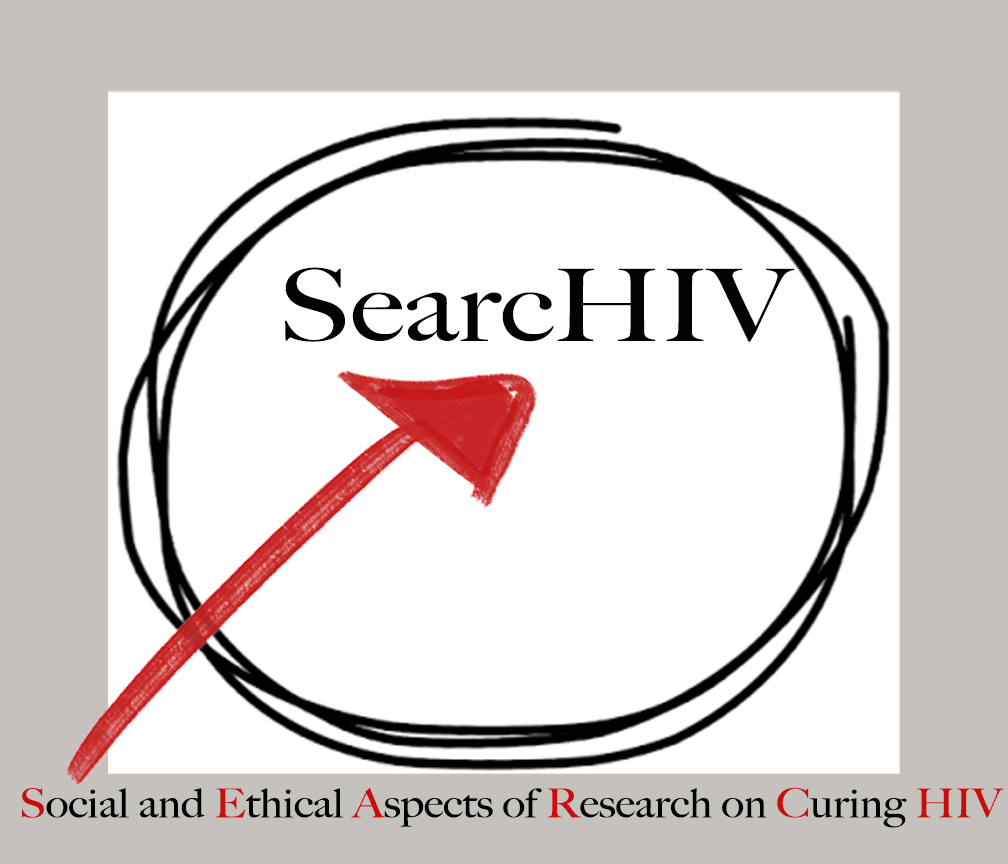The 2012 International AIDS Conference in Washington DC was a large and memorable event but it was only when I returned to Australia that I was recommended to watch a presentation by Fred Verdult as part of a pre-conference HIV cure symposium. The work was a survey of people living with HIV who were asked why an HIV cure is important, and what their preferred cure scenarios are. This was contrasted to comments made by prominent researchers and clinicians in the field. It was striking how the community surveyed about potential cure scenarios emphasized the importance of not being able to pass HIV to other people and not being able to acquire HIV again.
At that time I was busily involved in recruiting and monitoring people on the first HIV cure-focused clinical trial in Australia. This study of 14 days of Vorinostat in healthy people who had been virologically suppressed for over 3 years was intensive and involved many visits, blood draws and colonic biopsies as part of the protocol. Considering the intensive nature of study, the potential for unknown adverse effects in this population, and the lack of clinical benefit for the participants, we clearly had recruited a very dedicated and altruistic group of people keen to advance this area of science for the benefit of people with HIV.
Considering the work presented at AIDS 2012 and the work we were doing in Melbourne, we realised it was important to try and understand the experiences of this group of individuals who were prepared to commit themselves to this rigorous study and understand their expectations of HIV cure research. Were the perceptions of individuals completing a trial such as this similar to the concepts highlighted to us in 2012? Could we better understand the needs of people entering these trials to enhance the quality of information provided and aid study design?
The 20 participants who completed the Vorinostat trial all undertook the survey and placed greater emphasis on the importance of HIV transmission and re-acquisition as compared to the importance of stopping medications or visiting the doctor. There was also greater desirability for potential ‘sterilizing cure’ outcomes, where HIV would be completing eradicated from the body, as compared to ‘functional cure’ outcomes, where HIV would be controlled without medication but visits to monitor HIV would be necessary.
As the number of ‘cure-focused’ clinical trials continues to grow, it is clear that we will need many more willing participants such as the people completing the Vorinostat trial. The effort to understand the information needs and perceptions about what a HIV cure may look like is essential if clinicians and researchers are to appropriately and safely engage people living with HIV in similar future studies.
Learn more about this study in this paper published in AIDS.

